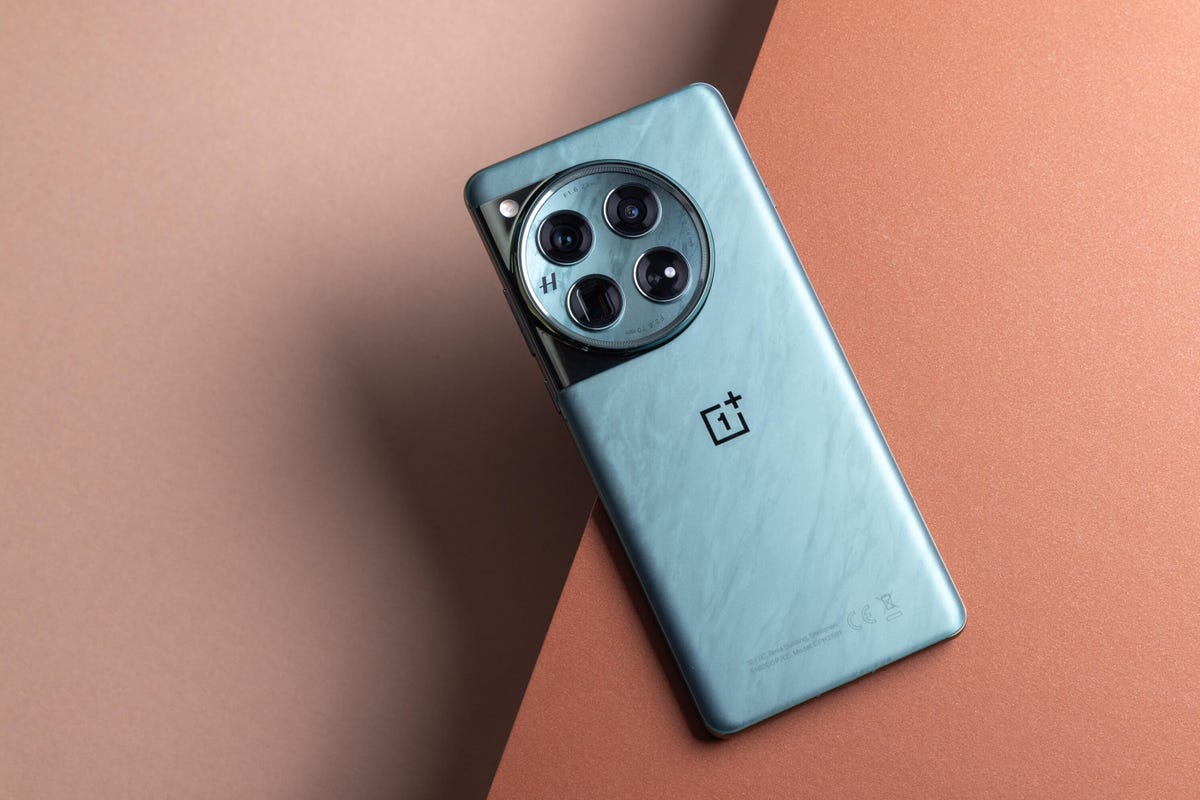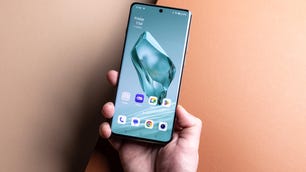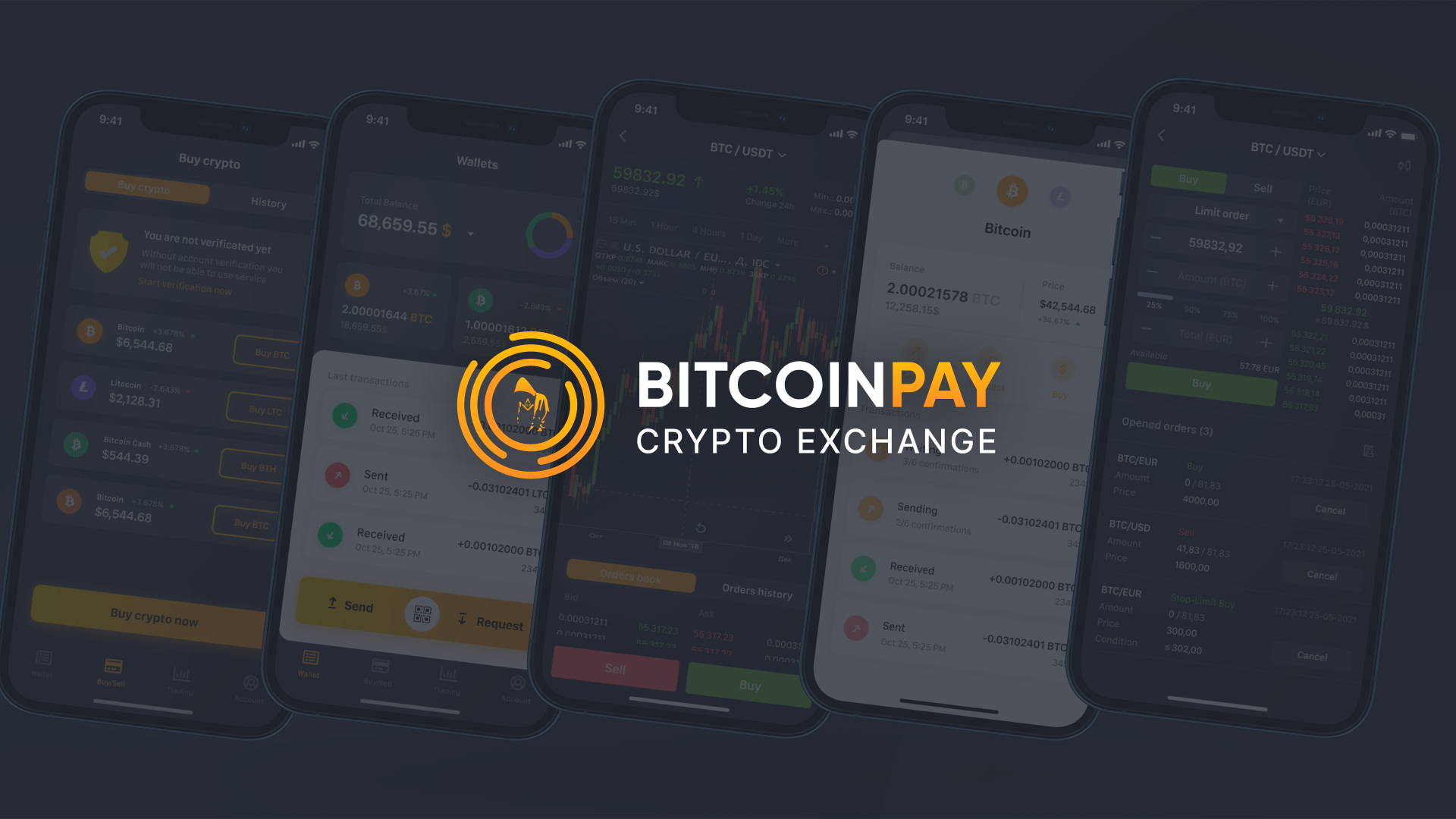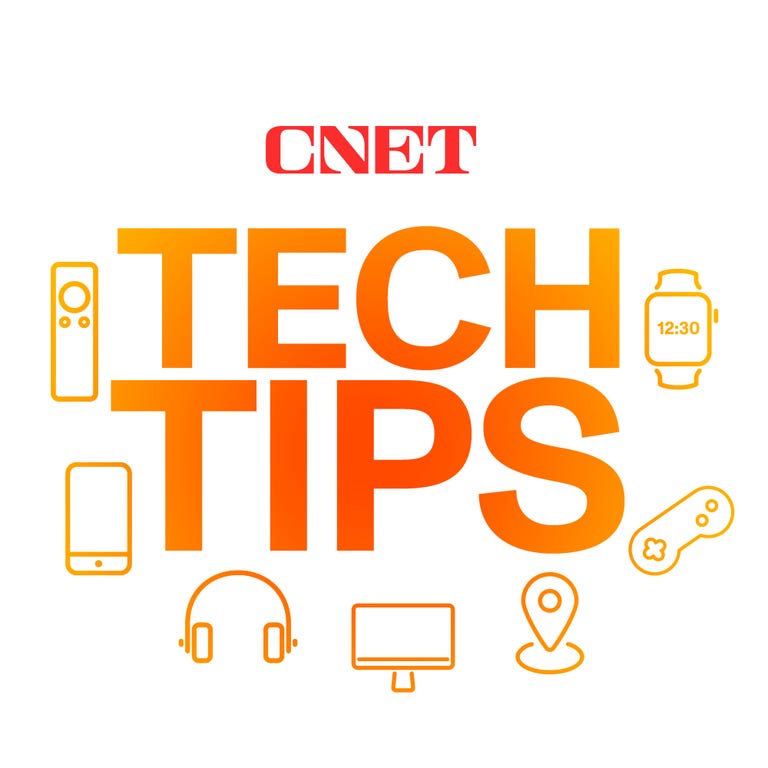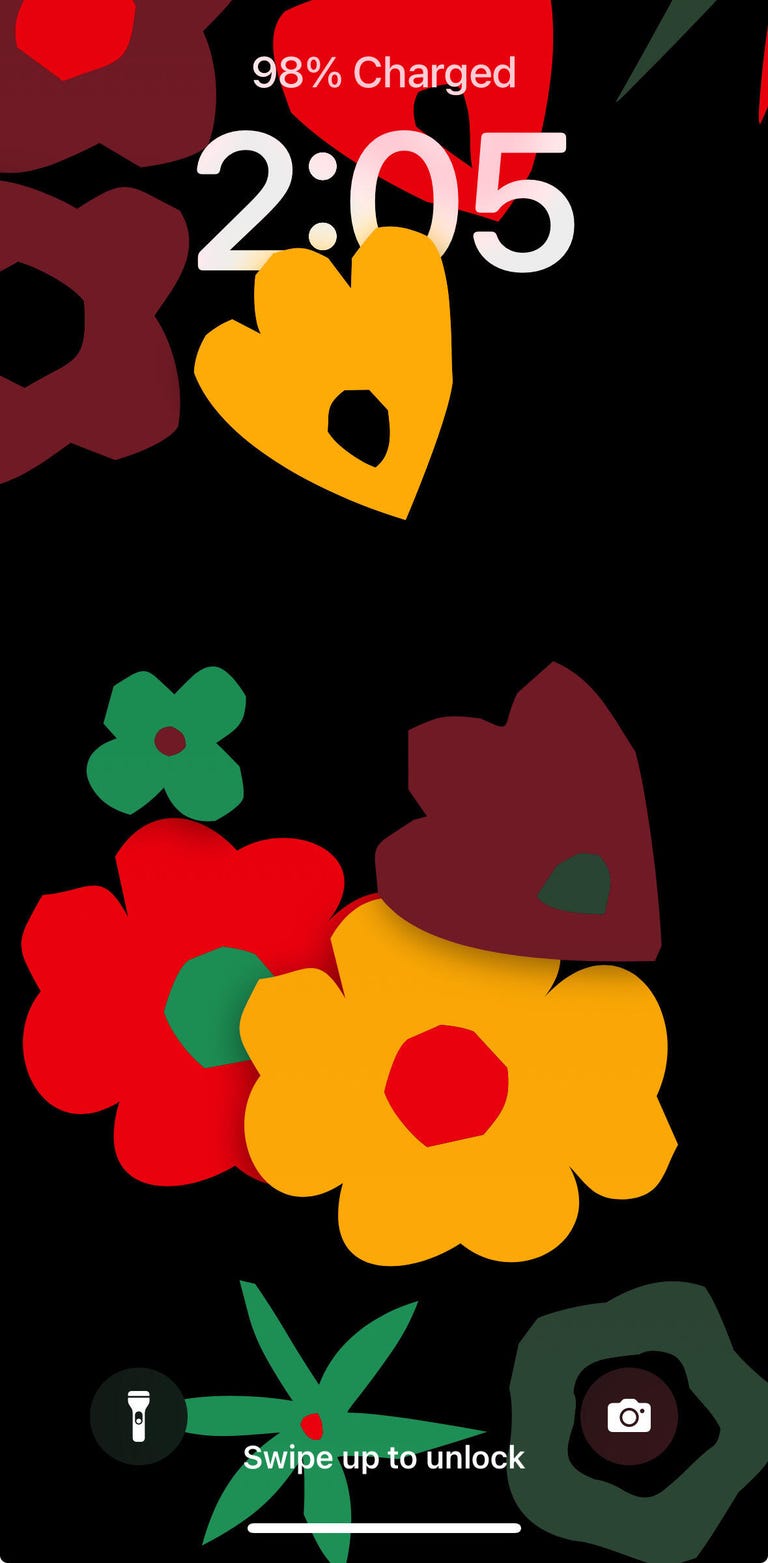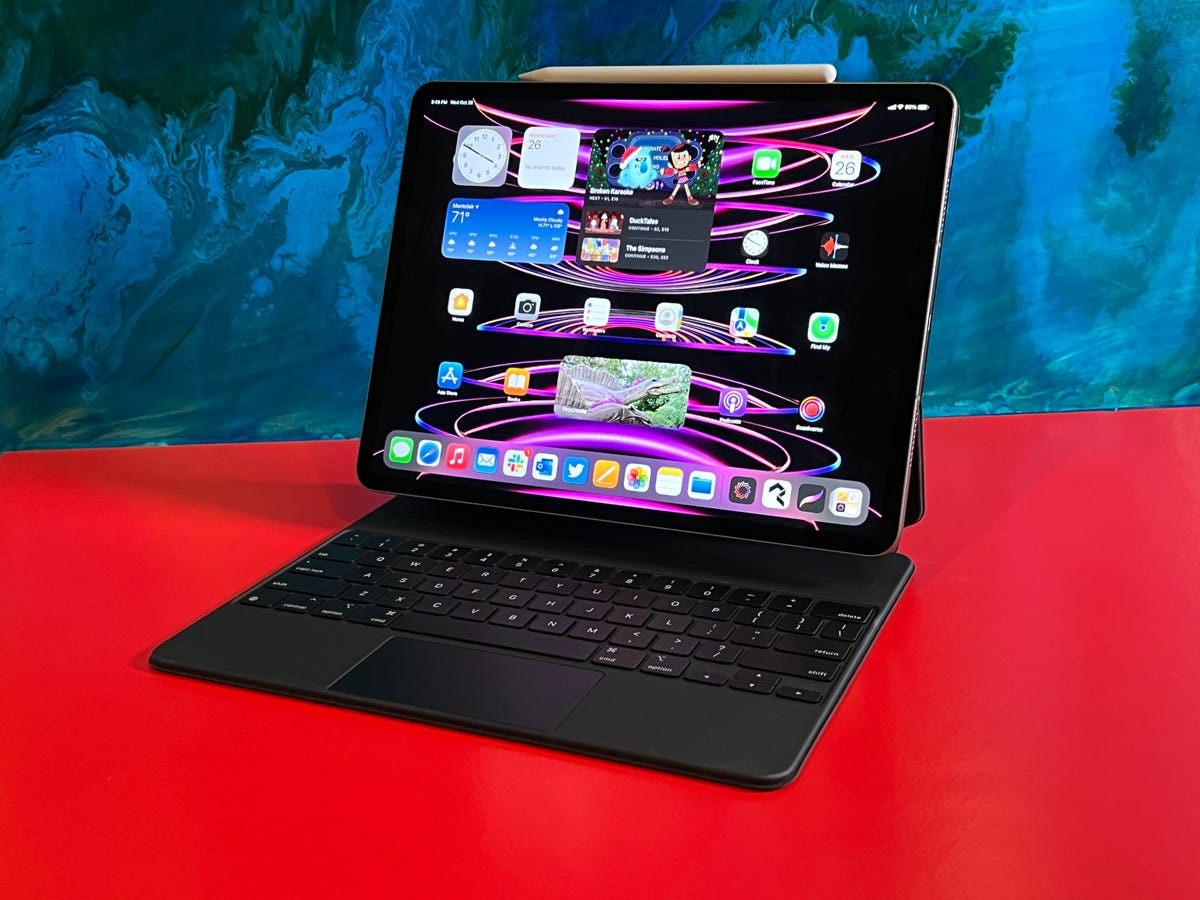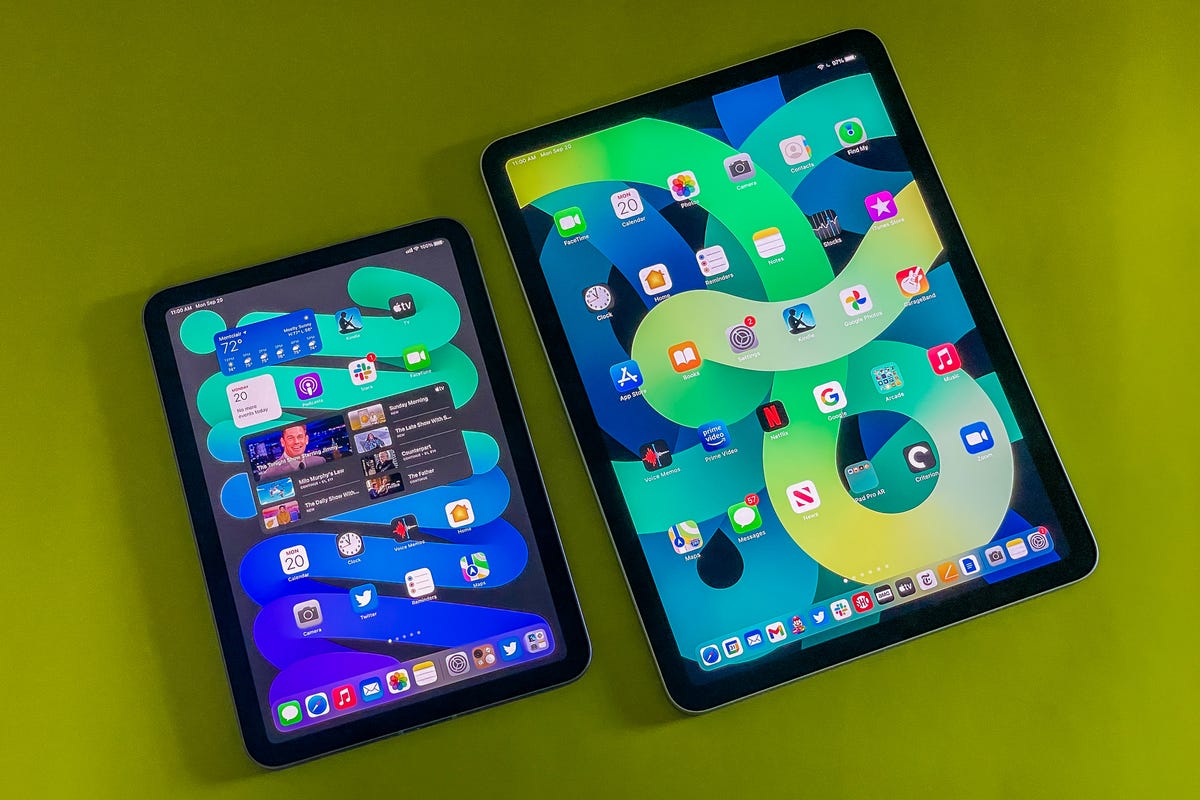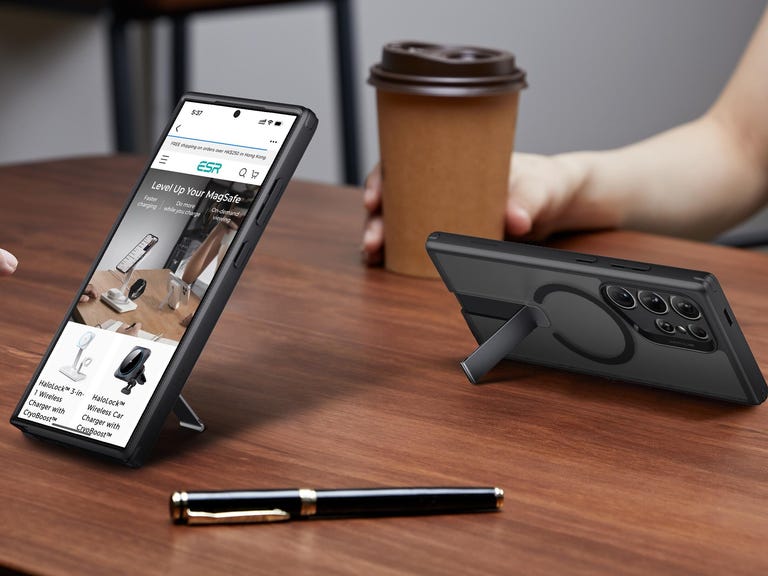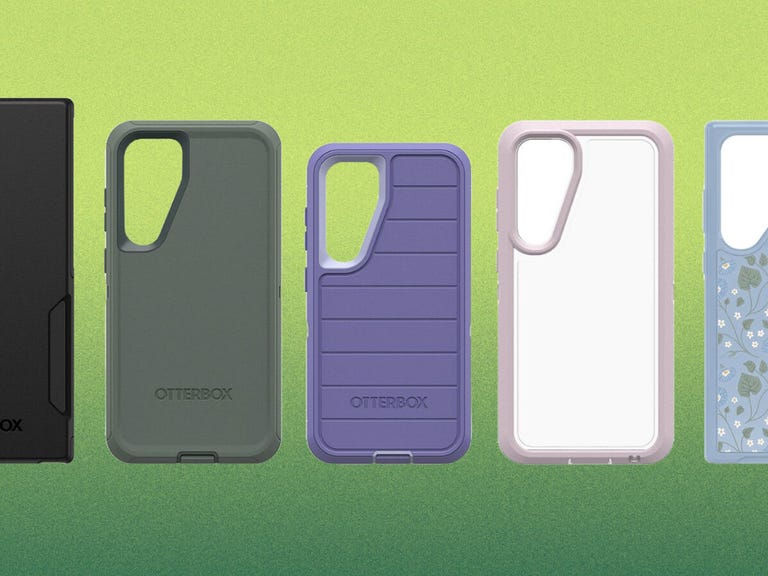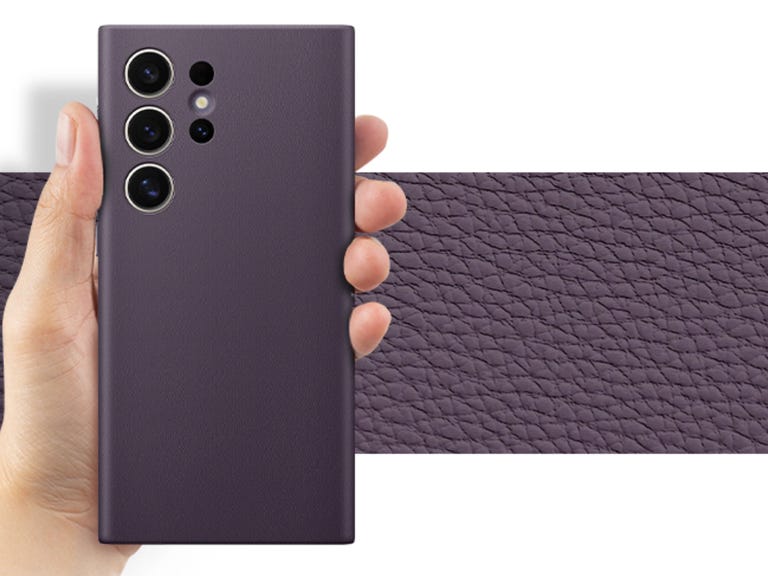 Why You Can Trust CNET
Why You Can Trust CNET

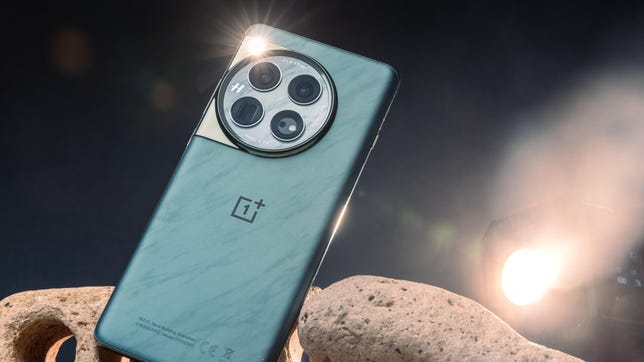
Pros
- Extremely powerful processor
- Stellar battery life
- Hyperfast charging
- Big, vibrant display
Cons
- Disappointing camera performance
- Rivals offer longer software support
The OnePlus 12 is packed with potent tech from its supercharged processor to its glorious screen. In my time testing it, I found its battery life is great and it charges in lightning-fast time. It’s a phone that works hard to justify its flagship title. But then it needs to, as its $800 starting price (with 12GB RAM and 256GB storage) makes it more expensive than last year’s OnePlus 11. The higher-end model I reviewed (16GB RAM, 512GB storage) comes in at a princely $900.
At a time when purse strings are still tight and competition from rivals is fierce, upping the price of its phones is a risky strategy for OnePlus. In the UK, things are worse, with the top-of-the-line model costing 999, or 150 more than the fully maxed-out OnePlus 11. A direct currency conversion of OnePlus 12’s $900 price comes out to 708 at the time of writing, or about 850 including tax. That’s a 150 premium, making this phone a very different value proposition for UK shoppers.
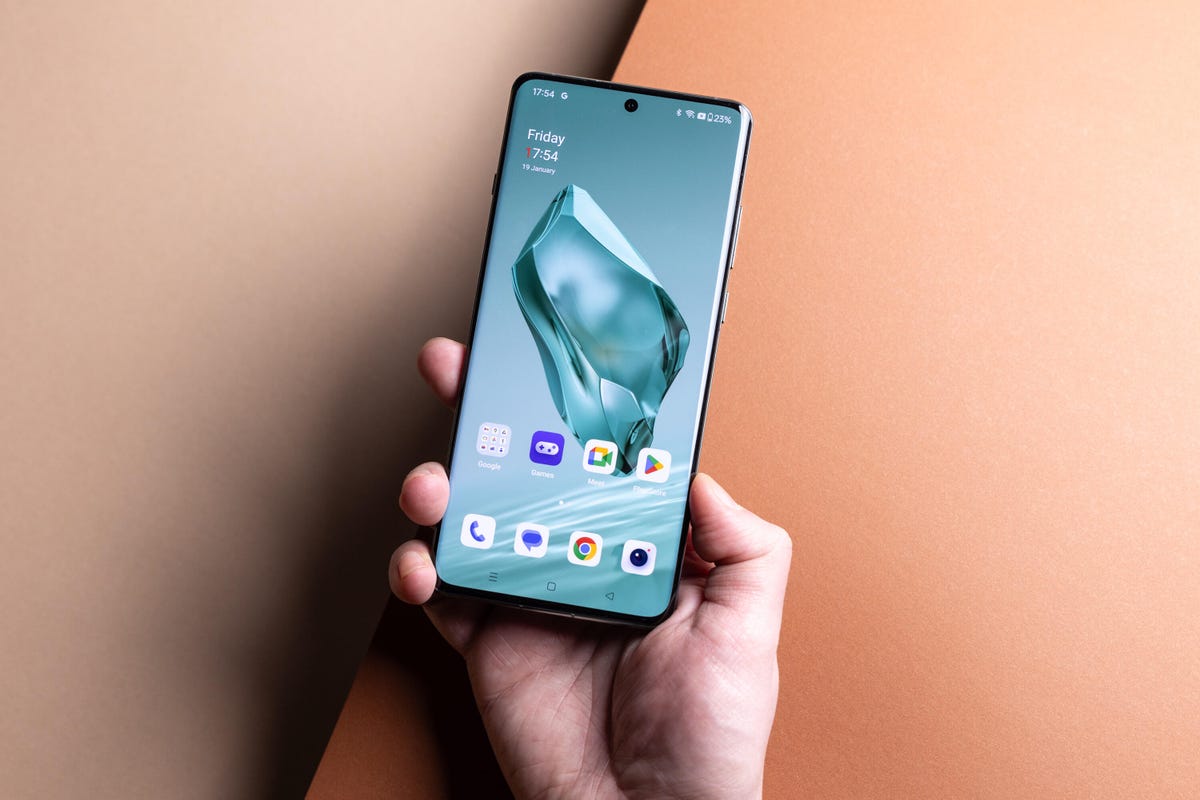
In the US, it still manages to undercut its chief rival, Google’s Pixel 8 Pro, which starts at $999 ( 999) with 8GB of RAM and 128GB of storage. In some ways, the OnePlus 12 punches harder than the Pixel, with better processor performance and, in my testing, better battery life. But the Pixel 8 Pro has a generally better camera, and it gets at least seven years of software and security updates, easily besting the OnePlus 12’s four years of software and five years of security updates.
I also prefer the Pixel’s software. Overall, it’s tough to choose between them, but it comes down to what you want from your phone. If you’re a keen photographer, go for the Pixel. More into mobile games? The OnePlus is for you.
OnePlus 11 and 12 pricing
| Phone, RAM + storage | US price | UK price | Australian price |
|---|---|---|---|
| OnePlus 11, 8GB + 128GB | $700 | 729 | NA |
| OnePlus 11, 16GB + 256GB | $800 | 799 | AU$1,399 |
| OnePlus 12, 12GB + 256GB | $800 | 849 | Converts to AU$1,640* |
| OnePlus 12, 16GB + 512GB | $900 | 999 | Converts to AU$1,930* |
*Australian prices for the OnePlus 12 have yet to be announced. These conversions are from the UK price, which like in Australia includes 20% VAT.
A familiar design
Visually, the OnePlus 12’s design doesn’t stray far from the OnePlus 11’s. It features an almost identical circular camera unit set into a curving glass back with a glossy aluminum frame. The 12’s glass back is frosted now though, with my green review model featuring a wavy pattern that I rather like. It’s good to hold, with a solid, luxurious feel that I think is more premium than the slippery glossy back of the OnePlus 11.
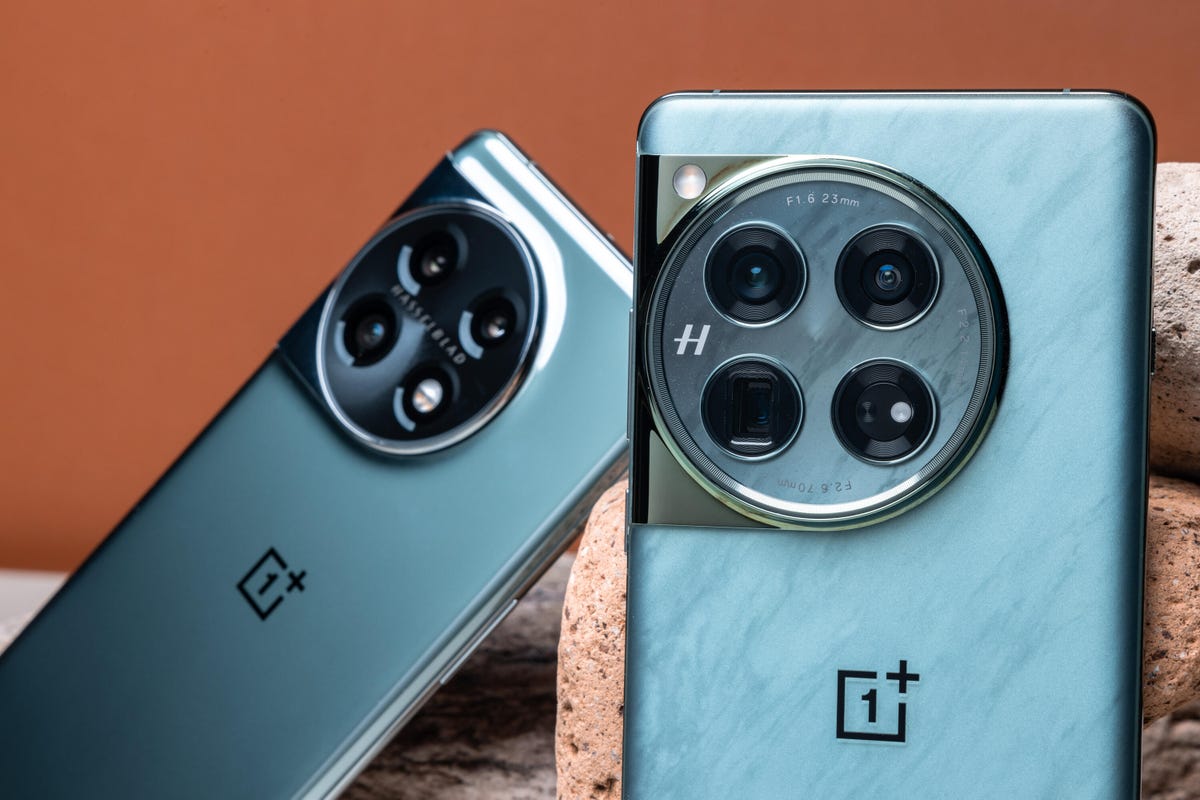
That said, I took the phone to the pub and several of my friends thought that it looked, and felt, like “the plasticky laminate coating found on cheap kitchen work surfaces in student housing.” Like anything, aesthetics are subjective, so maybe try to check one out in the flesh before spending your cash.
I like that the volume buttons have been moved to the same side as the power button, which makes them easier to use with one hand, while the characteristic OnePlus toggle switch now occupies its own spot on the left side. The front glass is Corning Gorilla Glass Victus 2, and the back is made from toughened Gorilla Glass 5. The phone is IP64-rated to keep it safe from spilled drinks or if you take calls in the rain.
Using the phone when it’s raining should be a bit easier too, as the phone’s screen has been designed to recognize touch inputs, even when wet. I sprinkled the screen with tap water and while it was noticeably less accurate than when dry, it was still usable, with almost no incorrect inputs recognized. I tried sprinkling a similar amount of water onto the screen of my iPhone 15 Pro Max and found it to be almost unusable. A win for the OnePlus here.
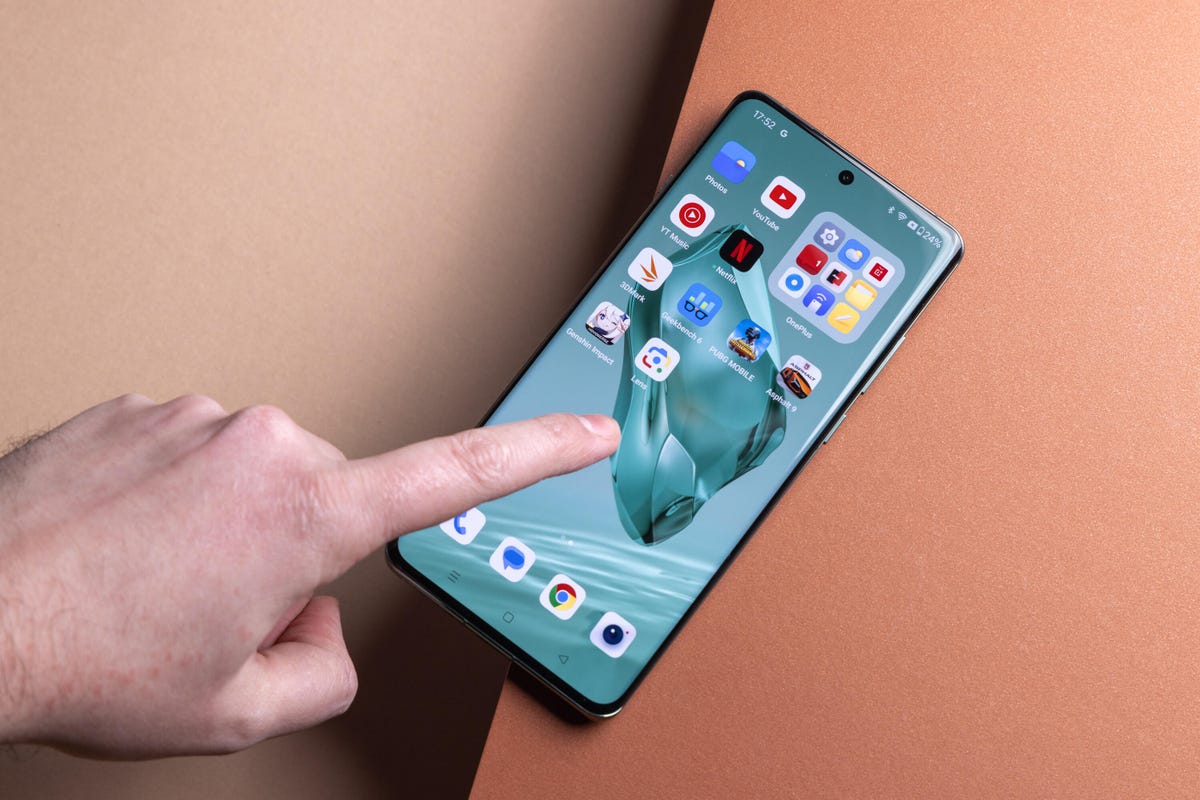
An incredibly bright, vibrant display
At 6.82 inches, the OnePlus 12’s display is big enough to give you plenty of room for videos and mobile games, while its high resolution means that all content is pin-sharp. Colors are extremely vibrant too, doing justice to all the colorful Netflix shows or neon-toned mobile games you could want.
It has a variable refresh rate from 1 to 120Hz to give better performance during more intense tasks like gaming, and OnePlus says it’s the brightest display ever on a phone, with a whopping 4,500-nit peak brightness. Theoretically, that makes it brighter than the Samsung Galaxy S24 Ultra and about twice as bright as the iPhone 15 Pro Max. But those are lab-based figures. Side by side, the difference between the iPhone and OnePlus 12 isn’t that big. There is a difference, however, and there’s no question that the phone is exceptionally bright, which makes it great for outdoor use.
Powerful Snapdragon 8 Gen 3 processor
The OnePlus 12 runs the latest Qualcomm Snapdragon 3 chip at its core, backed up by either 12GB or 16GB of RAM (as reviewed). As the most cutting-edge chip from Qualcomm, it’s safe to expect it to be something of a powerhouse, but OnePlus also boasts that its “Trinity Engine” optimizes the CPU, RAM and storage for a faster and more stable experience.
Often these claims are best taken with a pinch of salt, but the OnePlus 12 does feel extremely swift in use. The action RPG Genshin Impact played at maxed-out settings with incredibly smooth 60-frames-per-second gameplay with absolutely zero lag or stuttering seen at any point. Battle royale shooter PUBG was also buttery smooth. Ditto for racer Asphalt 9: Legends.
OnePlus 12 performance compared
On 3DMark’s Wild Life Extreme graphics benchmark, it beat both the new Galaxy S24 Ultra and iPhone 15 Pro Max’s scores. In fact, its score was the second highest I’ve ever seen on that test, beaten only marginally by the new Asus ROG Phone 8 Pro, which is also powered by the Snapdragon 8 Gen 3.
General navigation around the phone and multitasking is extremely zippy and, in fact, I struggled to find anything that seemed to slow it down at all. Clearly, the combo of potent chip and software optimization is doing its part. OnePlus reckons that the bigger benefit is that it will remain smooth over time, even as your phone fills up with apps and files. I’ve only had the phone a week, so this is something I’ll have to continue testing over the coming months.

The OnePlus 12 runs on Android 14, with OnePlus’ Oxygen OS laid over the top. I quite like the interface — it’s neat and easy to operate. Android novices are just as well catered to here as experienced Android veterans. OnePlus offers four years of software updates and an additional fifth year of security updates. That’s the same as on the OnePlus 11 and, while that was decent then, companies like Google and Samsung now offer seven years of support.
Longer support periods mean your phone will be safer to use over time, which is better for you and better for the planet. While five years isn’t bad, it’s still disappointing not to see OnePlus try to up its game here, and it’s a key way that the phone lags behind the competition.
More annoying still is that OnePlus has given longer support to the OnePlus 12 than it has the cheaper OnePlus 12R, which gets one year less of both software and security support. It’s a frustrating stance to take here, as it suggests that sustainability is a premium offering reserved only for shoppers who can afford it.
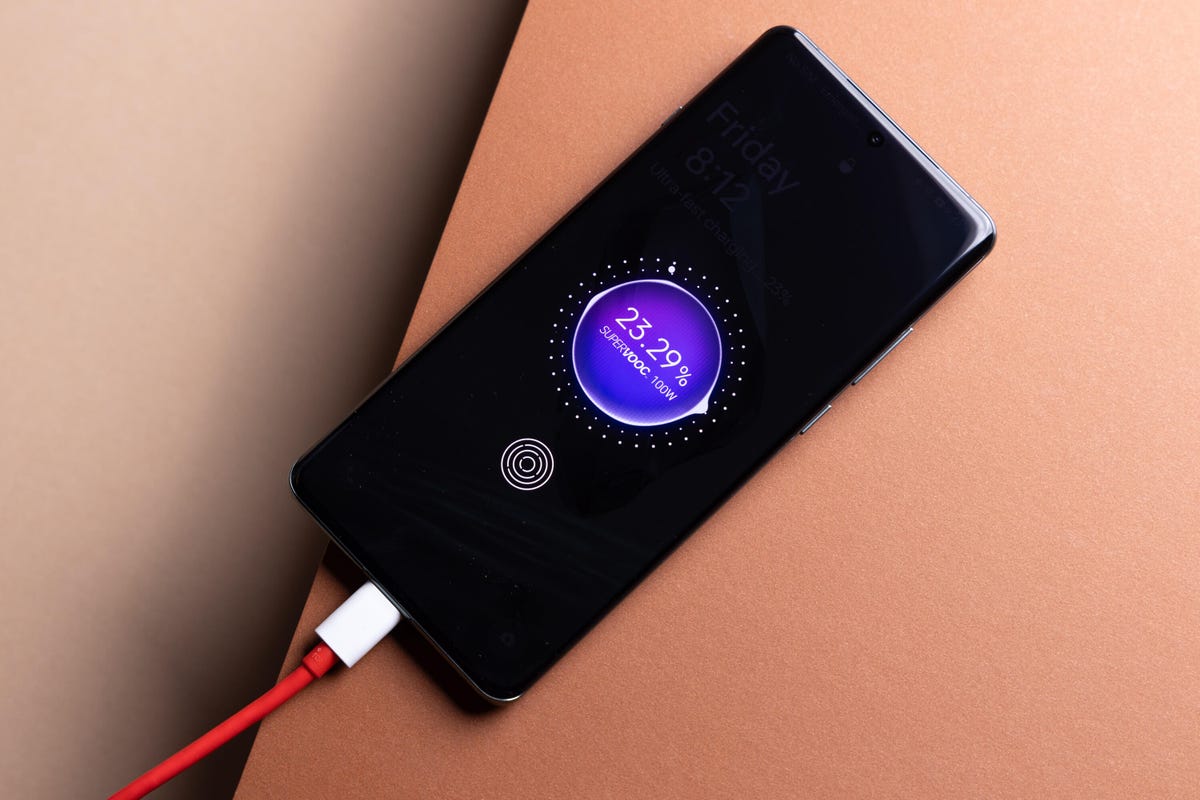
Notable by its absence, though, is any major push for generative AI on the OnePlus 12. AI features have been big parts of Google’s Pixel phones for several generations now, and AI was a major part of Samsung’s launch for the Galaxy S24 series. The Snapdragon 8 Gen 3 chip powering the OnePlus 12 is even designed with AI skills in mind. Yet, OnePlus hasn’t spoken about AI, and there are no notable generative AI-based features baked into the software.
Personally, I find this a refreshing stance from the company. I haven’t found any AI features on other phones (like the wallpaper generator on the Pixel 8 Pro) to be especially useful, and I’m pleased that OnePlus hasn’t jumped on a bandwagon here, adding redundant features simply so that it can boast that it has them. Perhaps I’ll be singing a different tune for the OnePlus 13.
Stellar battery life, ultra fast charging
The other aspect to OnePlus’ software optimizations is power efficiency, which — together with the capacious 4,500-mAh battery (dual 2,700-mAh batteries) — allows the OnePlus 12 to deliver excellent battery life. After an hour of streaming a YouTube video on Wi-Fi at max brightness, the phone hadn’t dropped below 100%. After a second hour, it still showed as 100%, and it was only after the third hour that it dropped to 95%, which is one of the best efforts I’ve seen on this test.
By comparison, the Galaxy S23 Ultra dropped from full to 95% after the first hour and went down to 82% after the third hour. Similarly, the iPhone 15 Pro Max had dropped to 87% remaining after three hours of streaming. Even after almost an hour of intense gaming at max settings, the OnePlus 12’s battery had dropped only 10%.
In short, I’m very impressed with the phone’s power management, and I’m confident you’ll easily be able to get a full day of even demanding use. With more cautious use, you could probably get most of the way through a second day for those occasions when you forgot to give it a charge overnight.
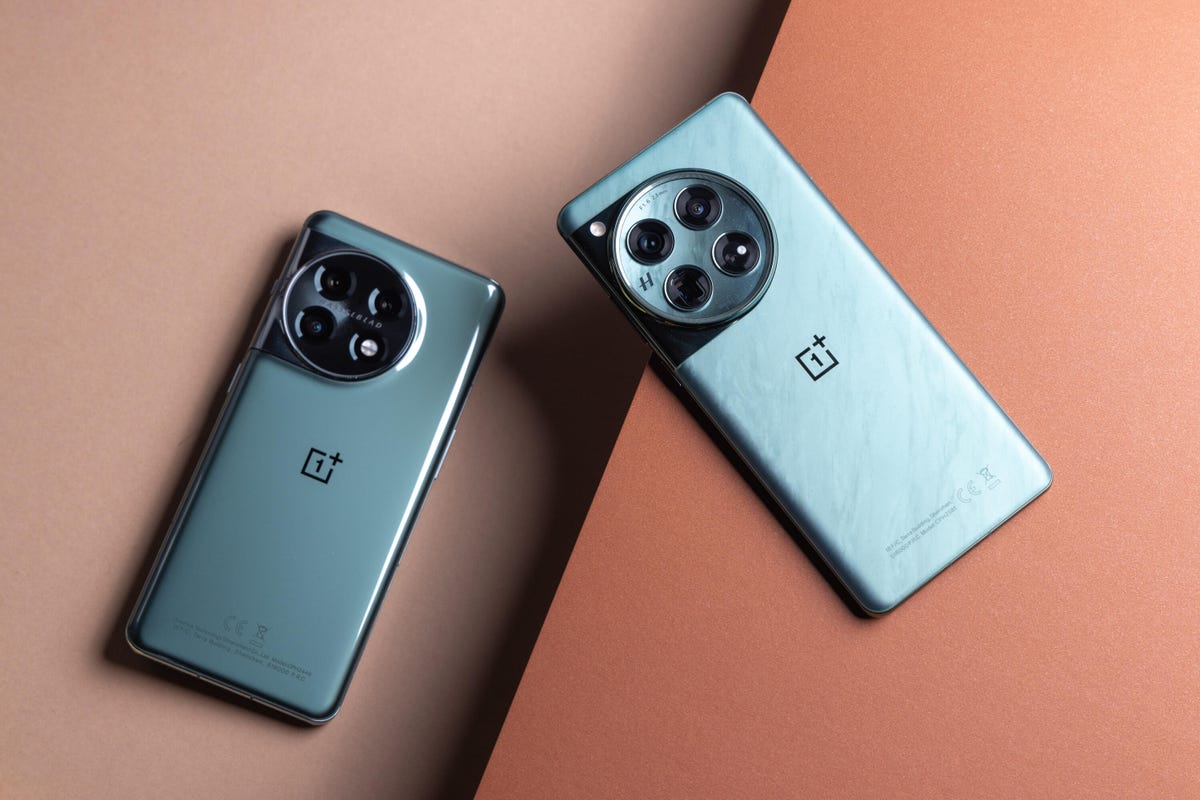
If you do happen to need to top the juice up, the phone’s fast-charging makes that a super quick task. In the US, the OnePlus 12 supports 80-watt fast charging, which should take the phone from empty to full in a little over 30 minutes. My UK model takes that even further, with 100-watt wired charging allowing for a full recharge in 26 minutes, or from empty to half full in only 11 minutes.
Fast charging is one of my favorite battery innovations in any phone, as it means you don’t need to worry quite as much about your battery running out later in the day. If you’re heading out for a big night out and forgot to charge your phone, you can just give it a quick boost while you wait for your Uber to arrive and it’ll keep you going for hours.
The phone also has wireless charging — something not seen on the OnePlus 11 — which supports up to 50-watt speeds, as long as you can find a compatible high-speed wireless charger.

Disappointing cameras
OnePlus phones have typically offered excellent processor performance but only OK imaging skills, and that’s very much the case here. The OnePlus 12 comes with three rear cameras. They include a 50-megapixel main camera with a larger image sensor and wide f1.6 aperture, a 48-megapixel ultrawide camera and a 32-megapixel telephoto camera with a 3x optical zoom.



In daylight, shots from the main camera are decent. Exposure is generally good, there’s plenty of detail to be seen, and colors are mostly quite accurate.


There’s less color shift when you switch between main and ultrawide lenses too, which was something I found to be a particular problem on the last model.

The 3x zoom lens captures zoomed-in shots with adequate detail, and even the 6x zoom can produce some good-looking images as long as you’re shooting in bright conditions. The 6x zoom does just digitally crop into images from the 3x lens, however, so there is a reduction in quality. It’s a shame not to see a longer optical zoom here as I love the 5x zoom lens on the Pixel 8 Pro and the iPhone 15 Pro Max.



At night, performance significantly drops. Images from all lenses are surprisingly dark, with the ultrawide in particular producing extremely dark shots. I often preferred images taken on the OnePlus 11.

The optical zoom has been very hit or miss, with some shots looking OK, while others have come out with such mushy details that they look out of focus.



I’ve been rather surprised at the poor nighttime performance, as the wider aperture of the lens and the large sensor size should help it capture more light in darker conditions. And indeed in more low light rather than specifically night mode conditions, I did find the camera was able to take some good-looking images.
Overall, I’m underwhelmed by the cameras on the OnePlus 12. It’s definitely capable of taking some great shots, as long as you’re in good conditions, and those of you who maybe just want nice snaps of your family and friends will be well served. But it’s not up there with its flagship rivals, with its night mode shots in particular letting it down.
Should you buy the OnePlus 12?
The OnePlus 12 has plenty to justify its lofty price tag. It’s extremely powerful, its battery life is superb, and the vibrant, bright screen makes your games and videos pop. It’s also got a slick design that looks stylish yet still smart.
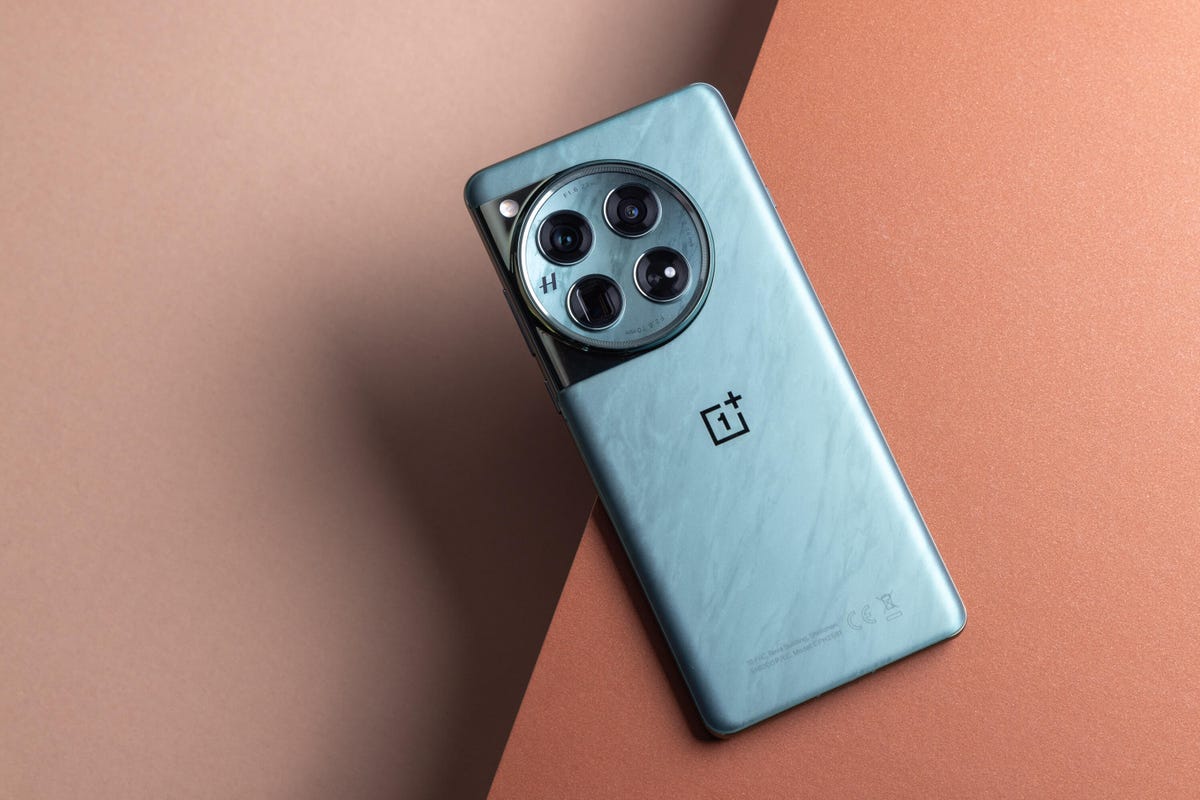
It’s a true flagship in many respects, but there are some things that hold me back from singing its praises completely. Chief among them is the camera, which really didn’t impress, especially at night. If photography is crucial to your mobile experience, it’s worth looking elsewhere.
And while its software support isn’t the worst around, I really hoped to see OnePlus extending its support period to match what both Samsung and Google are offering.
Still, if you’re looking for a high-performance Android phone for gaming, with a battery that’ll put up with real punishment, the OnePlus 12 is well worth a look.
How we test phones
Every phone tested by CNET’s reviews team is actually used in the real world. We test a phone’s features, play games and take photos. We examine the display to see if it’s bright, sharp and vibrant. We analyze the design and build to see how it is to hold and whether it has an IP-rating for water-resistance. We push the processor’s performance to the extremes, using standardized benchmark tools like GeekBench and 3DMark as well as our own anecdotal observations navigating the interface, recording high-resolution videos and playing graphically intense games at high refresh rates.
All the cameras are tested in a variety of conditions, from bright sunlight to dark indoor scenes. We try out special features like night mode and portrait mode and compare our findings against similarly priced competing phones. We also check out the battery life by using the phone daily as well as running a series of battery drain tests.
OnePlus 12 specs vs. Samsung Galaxy S24 Ultra, Google Pixel 8 Pro, Apple iPhone 15 Pro Max
| OnePlus 12 | Samsung Galaxy S24 Ultra | Google Pixel 8 Pro | Apple iPhone 15 Pro Max | |
|---|---|---|---|---|
| Display size, tech, resolution, refresh rate | 6.82-inch AMOLED; 3,168×1,440 pixels; 1-120Hz adaptive refresh rate | 6.8-inch AMOLED; 3,120×1,440 pixels; 1-120Hz adaptive refresh rate | 6.7-inch OLED; 3,120×1,440 pixels; 1-120Hz adaptive refresh rate | 6.7-inch OLED; 2,796×1,290 pixels; 120Hz adaptive |
| Pixel density | 510 ppi | 501 ppi | 489 ppi | 460 ppi |
| Dimensions (inches) | 6.5 x 3 x 0.36 in | 6.40 x 3.11 x 0.34 in | 6.4 x 3.0 x 0.3 in | 3.02 x 6.29 x 0.32 in |
| Dimensions (millimeters) | 164.3 x 76 x 9.2 mm | 163 x 79 x 8.6 mm | 162.6 x 76.5 x 8.8 mm | 76.7 x 159.9 x 8.25 mm |
| Weight (grams, ounces) | 220 g (7.8 oz) | 233 g (8.22 oz) | 213 g (7.5 oz) | 221 g (7.81 oz) |
| Mobile software | Android 14 | Android 14 | Android 14 | iOS 17 |
| Camera | 50-megapixel (wide), 48-megapixel (ultrawide), 64-megapixel (telephoto) | 200-megapixel (wide), 12-megapixel (ultrawide), 10-megapixel (3x telephoto), 50-megapixel (5x telephoto) | 50-megapixel (wide), 48-megapixel (ultrawide), 48-megapixel (telephoto) | 48-megapixel (wide), 12-megapixel (ultrawide), 12-megapixel telephoto (5x optical) |
| Front-facing camera | 32-megapixel | 12-megapixel | 10.5-megapixel | 12-megapixel |
| Video capture | 8K | 8K | 4K | 4K |
| Processor | Qualcomm Snapdragon 8 Gen 3 | Qualcomm Snapdragon 8 Gen 3 | Google Tensor G3 | A17 Pro |
| RAM/storage | 12GB RAM + 256GB; 16GB RAM + 512GB | 12GB RAM + 256GB, 512GB, 1TB | 12GB RAM + 128GB, 256GB, 512GB, 1TB | 256GB, 512GB, 1TB |
| Expandable storage | None | None | None | None |
| Battery | 5,400 mAh (dual 2,700 mAh) | 5,000 mAh | 5,050 mAh | Undisclosed; Apple claims up to 29 hours of video playback (25 hours streamed) |
| Fingerprint sensor | Under display | Under display | Under display | None (Face ID) |
| Connector | USB-C | USB-C | USB-C | USB-C (USB 3.0) |
| Headphone jack | None | None | None | None |
| Special features | 4,500-nit peak brightness; 4 years of software and 5 years of security updates; 80W wired charging (100W wired charging outside US); 50W wireless charging with fan dock; Wi-Fi 7; Gorilla Glass Victus 2 cover glass; Gorilla Glass 5 back glass | Titanium frame, 2,600-nit peak brightness; 7 years of OS and security updates; 5G (mmWave); IP68 water and dust resistance; wireless PowerShare to charge other devices; integrated S Pen; UWB for finding other devices; 45W wired charging (charger not included); Galaxy AI; Wi-Fi 7; Gorilla Glass Armor cover glass | 5G (Sub 6 and mmWave); VPN by Google One; 7 years of OS, security and Feature Drop updates; front-facing camera has autofocus; 13W Qi wireless charging; 30W wired charging; USB-3.2 speeds via USB-C; IP68 dust and water resistance; Gorilla Glass Victus 2 on front and back | 5G (mmw/Sub6), Action Button, Always-On display, IP68 rating, MagSafe, Dynamic Island, 5x optical zoom (120mm equivalent),satellite connectivity, eSIM, Thread networking technology |
| US price starts at | $800 (256GB) | $1,300 (256GB) | $999 (128GB) | $1,199 (256GB) |
| UK price starts at | 849 (256GB) | 1,249 (256GB) | 999 (128GB) | 1,199 (256GB) |
| Australia price starts at | Converts to AU$1,640 (256GB) | AU$2,199 (256GB) | AU$1,699 (128GB) | AU$2,199 (256GB) |
We take into account additional features, like support for 5G, satellite connectivity, fingerprint and face sensors, stylus support, fast charging speeds, and foldable displays, among others that can be useful. And we balance all this against the price to give you the verdict on whether that phone, whatever price it is, actually represents good value. Though these tests may not always be reflected in CNET’s initial review, we conduct follow-up and long-term testing in most circumstances.
